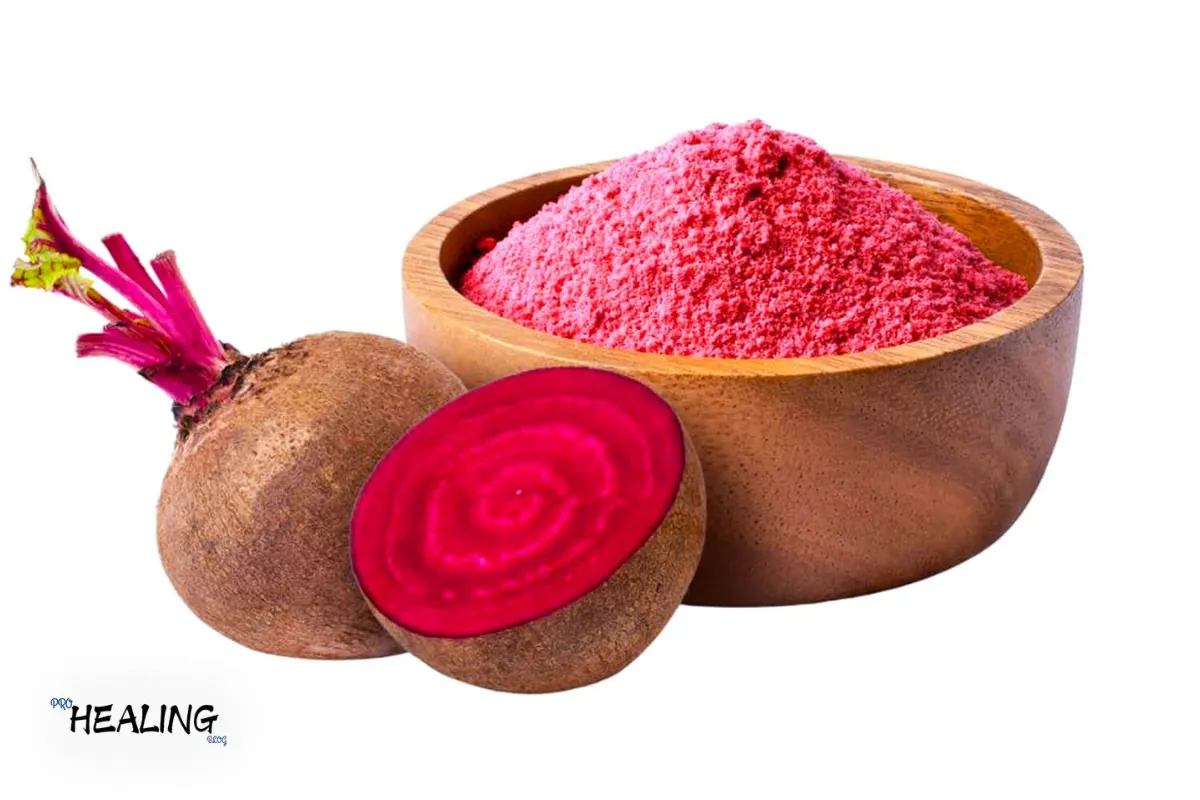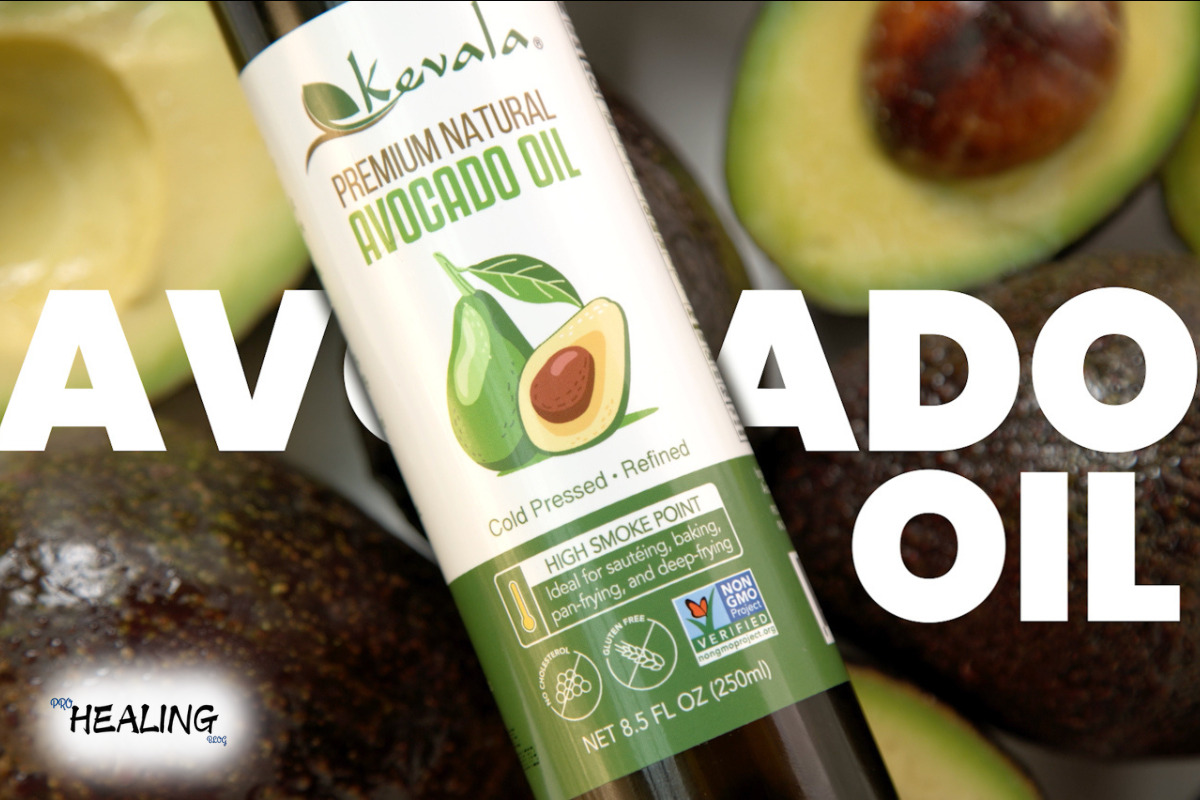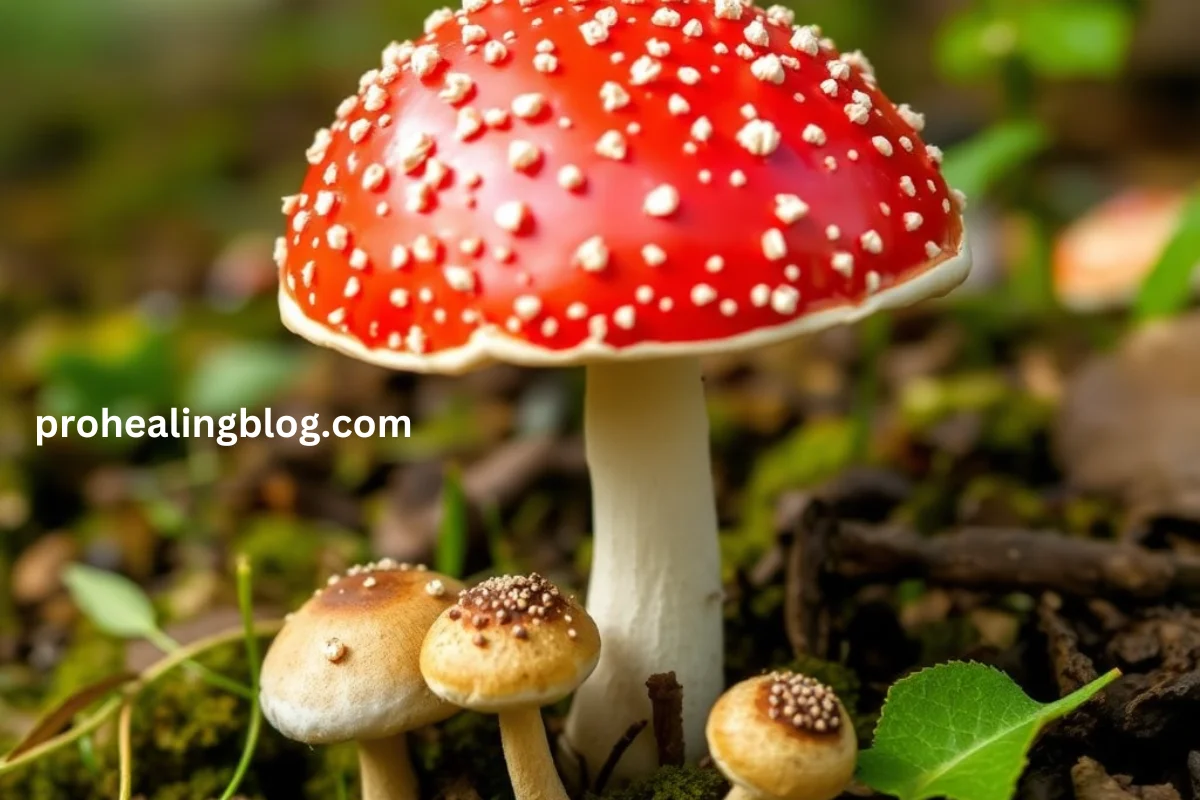Herbs and spices are an essential part of cuisines around the world. They bring flavor, aroma, and depth to a variety of dishes. But have you ever wondered where these culinary treasures come from? The answer lies in the diverse world of plants. Some plants are cultivated for their leaves, while others are grown for their seeds, flowers, or roots. In this article, we will explore the various plants that produce herbs and spices, highlighting their benefits and how they are used in both cooking and medicine. Additionally, we will discuss the practical applications of these plants and the role they play in enhancing flavor and promoting wellness.
What Are Herbs and Spices?
Before diving into the specific plants, it’s important to distinguish between herbs and spices. Although they are often used interchangeably, there is a difference:
- Herbs come from the leaves, stems, or flowers of plants.
- Spices come from other parts of the plant, such as the seeds, roots, or bark.
Understanding this difference can help you appreciate the wide variety of plants that contribute to these culinary staples.
See also: Healing Herbs and Medicinal Plants List: Nature’s Remedies
Common Plants That Produce Herbs
Many plants produce herbs, which are often used fresh or dried to enhance flavor. Here are some of the most popular herbs and the plants that yield them:
1. Basil
Basil is a fragrant herb commonly used in Mediterranean and Asian cooking. The plant that produces basil is Ocimum basilicum, and its leaves are prized for their slightly sweet, peppery flavor. Basil is used in sauces, salads, and garnishes, with Italian basil being the most common variety.
2. Mint
Mint comes from the Mentha family, which includes several species such as peppermint (Mentha × piperita) and spearmint (Mentha spicata). The leaves are aromatic and cooling, perfect for teas, desserts, and salads. Mint is also used in cocktails like the mojito.
3. Parsley
Parsley, scientifically known as Petroselinum crispum, is an herb with bright green, curly leaves. It’s often used as a garnish or added to sauces and soups. Parsley is available in two main varieties: flat-leaf and curly leaf.
4. Thyme
Thyme is a versatile herb that comes from the Thymus vulgaris plant. Its small, aromatic leaves are often used in Mediterranean and French cuisines. It pairs well with meats, vegetables, and stews.
5. Oregano
The Origanum genus, particularly Origanum vulgare, produces oregano. This herb has a warm, slightly bitter flavor and is commonly used in Italian and Greek cooking, particularly in pizza sauces and marinades.
6. Rosemary
Rosemary comes from the Rosmarinus officinalis plant. The fragrant, needle-like leaves of rosemary add an earthy, pine-like flavor to meats, especially lamb. Additionally, people commonly use rosemary in Mediterranean dishes, where its distinctive flavor enhances the overall taste. As a result, rosemary is a popular choice for seasoning a wide range of savory recipes.
7. Cilantro
Cilantro, also known as Coriandrum sativum, is a herb with a fresh, citrusy flavor. People use the leaves in salsas, salads, and as a garnish. Additionally, they harvest the seeds of this plant and use them as a spice, known as coriander. As a result, both the leaves and seeds of the plant offer distinct flavors, enhancing a variety of dishes.
See also: 10 Signs Death Is Near Dementia: Understanding the Final Stages
Common Plants That Produce Spices
Spices come from various parts of plants, including roots, seeds, barks, and even flowers. Below are some popular plants that yield spices:
1. Cinnamon
Cinnamon comes from the bark of trees belonging to the Cinnamomum genus, particularly Cinnamomum verum (Ceylon cinnamon) and Cinnamomum cassia (cassia cinnamon). This sweet, warm spice is commonly used in baking, beverages, and savory dishes.
2. Ginger
Ginger comes from the Zingiber officinale plant. The rhizome, or underground stem, is harvested for its spicy, slightly sweet flavor. Widely used in cooking, ginger adds a unique kick to both savory and sweet dishes. Additionally, it is commonly used in teas and recognized for its medicinal properties. As a result, ginger offers not only flavor but also various health benefits, making it a staple in kitchens and natural remedies worldwide.
3. Turmeric
Turmeric comes from the root of the Curcuma longa plant. It has a vibrant yellow-orange color and is known for its earthy, bitter flavor. Turmeric is used in curries, soups, and as a natural dye.
4. Cardamom
Cardamom comes from the seeds of plants in the Elettaria genus, with Elettaria cardamomum being the most commonly used variety in cooking. This spice offers a sweet, aromatic flavor, making it a versatile ingredient in both sweet and savory dishes. It is especially popular in Indian and Middle Eastern cuisines, where it adds depth and complexity to a wide range of recipes. Furthermore, its unique taste elevates both desserts and savory meals alike.
5. Cloves
Cloves come from the dried flower buds of the Syzygium aromaticum plant. Harvesters collect and dry these aromatic flower buds before using them as a spice. As a result, cloves are popular in spice blends and frequently appear in baking and stews. Moreover, their strong, warm flavor makes them a key ingredient in both sweet and savory dishes.
6. Pepper
Black pepper, often called the “king of spices,” comes from the dried fruit of the Piper nigrum plant. Farmers harvest the small, round peppercorns and use them to add heat and flavor to a wide variety of dishes. Interestingly, they also harvest white and green pepper from the same Piper nigrum plant, but at different stages. As a result, each variety offers a distinct flavor profile. Black pepper, for example, is the most commonly used due to its bold, pungent taste, while white and green pepper provide milder alternatives.
7. Saffron
Saffron comes from the Crocus sativus flower. The red stigmas of the flower are carefully harvested and dried. Known for its rich flavor and golden color, saffron is one of the most expensive spices in the world. It’s used in a variety of dishes, from rice to desserts.
Health Benefits of Herbs and Spices
Not only do herbs and spices enhance the flavor of food, but they also offer numerous health benefits. Many herbs and spices have antioxidant, anti-inflammatory, and antimicrobial properties. Some benefits include:
- Cinnamon: Helps regulate blood sugar levels and has anti-inflammatory properties.
- Ginger: Aids digestion, reduces nausea, and has anti-inflammatory effects.
- Turmeric: Contains curcumin, a compound known for its powerful anti-inflammatory and antioxidant properties.
- Pepper: Promotes digestion and may enhance the bioavailability of other nutrients.
- Mint: Relieves indigestion, soothes headaches, and freshens breath.
These are just a few examples of the many health benefits that herbs and spices offer. They can be an easy, natural way to boost your wellness while adding flavor to your meals.
How to Grow Your Own Herbs and Spices
If you love cooking with fresh herbs and spices, why not grow them yourself? Many herbs and some spices can be grown in your garden or even in pots. Here are some tips on growing your own plants:
- Herbs like basil, mint, rosemary, and thyme are easy to grow in pots or garden beds. They thrive in sunny locations with well-drained soil.
- Spices like ginger and turmeric can also be grown in pots. They require a warm, humid environment and partial shade.
- Cilantro and parsley can be grown indoors on a sunny windowsill.
Growing your own herbs and spices is a great way to have fresh ingredients on hand, and it can be a rewarding hobby.
Conclusion: The Rich World of Plants Used for Herbs and Spices
Plants are the source of the incredible variety of herbs and spices that bring flavor, color, and health benefits to our meals. From the delicate leaves of basil and mint to the bold bark of cinnamon and the roots of ginger, there is a plant for every flavor profile. Understanding the origins of these herbs and spices can help you appreciate the depth of culinary traditions from around the world.
Whether you’re an experienced chef or a beginner cook, incorporating these plants into your kitchen can transform your meals and improve your health. So, the next time you’re cooking, take a moment to appreciate the plants that give us these beautiful flavors!
See also: Is Vitamin Water Good for You? The Truth






